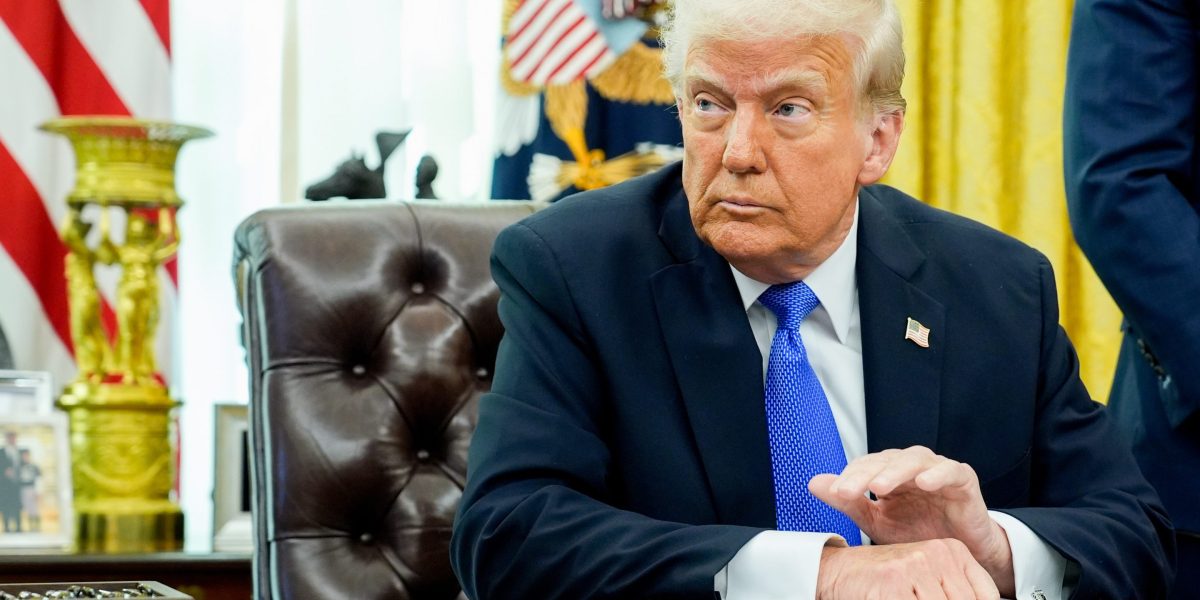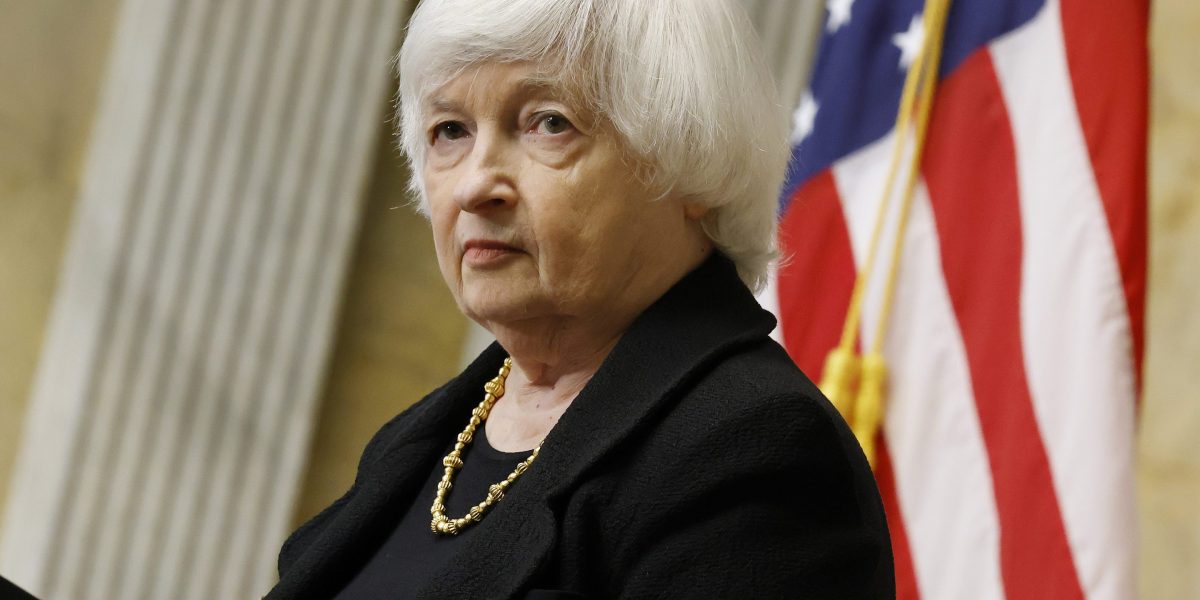Ever since the high-profile murder of UnitedHealthcare CEO Brian Thompson last year, health insurers have faced heavy scrutiny and heightened resentment from the public. Now a new study might fan those flames. That’s because it found that differential coding patterns between Medicare Advantage (MA) and Traditional Medicare (TM) plans led to MA plans receiving an estimated $33 billion in extra revenue—with $13.9 billion, or 42% of the total, going into the coffers of UnitedHealth Group.
Those findings, from the year 2021, add specific context to past research that found evidence of Medicare Advantage plans having a higher diagnostic “coding intensity” than traditional Medicare, meaning they record more health condition diagnoses than traditional Medicare for comparable beneficiaries. Because of that, Congress’s Medicare Payment Advisory Commission had estimated, Medicare spends 13% more for MA enrollees than it would if they were enrolled in traditional Medicare—with that difference accounting for $50 billion in MA overpayments in 2024.
Medicare Advantage plans, according to the new findings, are paid more for sicker members and less for healthier members, which provides an incentive for MA plans to report as many diagnoses as legitimately possible. But no research until now, say the authors, has estimated the amount of extra revenue each insurer receives.
“The most important takeaway is that some Medicare Advantage insurers code much more aggressively than other insurers, and receive many billions of dollars in additional payment as a result,” the study author, Richard Kronick, professor of family medicine at the Herbert Wertheim School of Public Health, University of California San Diego. “As a result, much of what determines which insurers are successful in Medicare Advantage is not whether the insurer is providing high quality care and doing so efficiently, but simply how aggressive it is in coding.” He points to the additional $13.9 billion raised by UnitedHealth Group, which breaks down to $1,863 per beneficiary, compared to $0.5 billion, or $278 per beneficiary, for Kaiser.
A spokesperson for the UnitedHealth Group declined to comment to Fortune on the findings, instead referring our publication to the nonprofit Better Medicare Alliance, which counts Wyatt Decker, a United Health Group chief physician, as a board member.
“This is a flawed apples-to-oranges analysis,” Kaitlyn Saal-Ridpath, Vice President of Policy and Research at Better Medicare Alliance, tells Fortune. “It overlooks known under-coding in Fee-For-Service Medicare and does not adjust for clinical or demographic differences between Medicare Advantage and Fee-for-Service Medicare beneficiaries, an essential step for fair comparison. Meanwhile, the underlying data is outdated and does not reflect recent risk-adjustment changes. We welcome serious analyses to help drive policy conversations around Medicare Advantage, but this study misses the mark.”
Saal-Ridpath also notes that the study was funded by Arnold Ventures, which holds the belief that insurers are overpaid.
Kronick, though, noted that Arnold had “no role in the design or conduct of the study or in the results or conclusions,” and that rather than not acknowledging under-coding, the researchers “acknowledge it explicitly.” Further, he says, “No analysis is perfect, but we have done a careful job of measuring the differences in coding patterns between Medicare Advantage and Traditional Medicare, and, even more importantly, the very large differences between insurers in coding patterns… We have, I think, conclusively shown that some insurers code much more aggressively than others, and receive many billions of dollars in additional revenue as a result.”
More than half (54%) of eligible Medicare beneficiaries were enrolled in Medicare Advantage in 2024, according to KFF, accounting for $462 billion of total federal Medicare spending. Further, the enrollment in MA is highly concentrated among a handful of firms, with UnitedHealthcare and Humana accounting for nearly half (47%) of all MA enrollees nationwide.
Lately, there has been a shift towards MA. While usually, after age 65, you have two Medicare options—traditional Medicare (Parts A, B, and D, and often a Medigap plan) or a private health insurer’s Medicare Advantage plan, also called Part C, people with retiree health benefits from their former employers are often not given a choice. Instead, they are being told they must enroll in a Medicare Advantage plan, with its limited network of doctors and hospitals, or lose their retiree health benefits altogether.
At the same time, recent research shows that MA enrollees are distinctly healthier—likely because people who need more health care are less willing to accept the restrictions (such as prior authorization and limited networks) that MA plans impose.
How the researchers came to their findings about Medicare
For the study, the researchers analyzed risk scores—numbers which represent the predicted cost of treating a specific patient or group of patients compared to the average Medicare patient, based on certain health conditions. They also analyzed the effects of “persistence” and “new incidence” on risk scores over 24 months, with persistence defined as the percentage of members coded with a diagnosis in year one that persisted in year two, and new incidence referring to the percentage of members with a new diagnosis in year two.
What they found was that the average MA risk score (1.26) was 18.5% higher than the average TM risk score (1.07).
Persistence and new incidence rates varied across insurers, the researchers found, with UnitedHealth Group’s average 2021 risk score .28 higher—substantially larger than the MA industry average of .19—than it would have been if persistence and new incidence had been at TM levels.
The findings spell trouble, says Dr. J. Michael McWilliams of the Harvard Medical School and Brigham and Women’s Hospital, who responded to the study in an accompanying editorial, also published Monday in the Annals of Internal Medicine.
“The manipulability of the risk adjustment system in Medicare Advantage (MA) is a massive problem,” he writes.
“It is well documented that the system’s reliance on diagnosis codes that insurers can influence for gain is responsible for tens of billions of dollars in payments to MA plans above what would be spent in traditional Medicare (TM), adding to Medicare’s fiscal challenges,” he continues. “But the problem runs deeper, as the incentives to code diagnoses more intensely also distort competition and resource allocation within MA.”
Among the many issues the researchers have uncovered, McWilliams continues, is that, because the better-coding insurers tend to be larger, “local markets could become even more highly concentrated, further limiting the pressure insurers feel to share their subsidies and savings with enrollees as better coverage.”
But fixing the problem, he notes, would have a catch.
“The catch is that the resulting payment cuts would mean higher premiums or less generous benefits for enrollees,” McWilliams writes.
Because while Medicare Advantage insurers keep a substantial portion of their subsidies and savings as profits, they do pass along a sizable share to enrollees. “As subsidies have grown more generous, MA has served as a backdoor financing mechanism to address coverage gaps that have long limited the value of TM (for example, its lack of an out-of-pocket maximum),” he explains, adding that enrollees in MA benefit from substantially lower out-of-pocket costs.
So as payment subsidies are reversed by risk adjustment reform and other proposed measures, he points out, “the lost benefits for enrollees could be significant. To the extent it is socially desirable to provide seniors with better coverage than the traditional benefit, policymakers must grapple with this tradeoff.”
More on Medicare:
This story was originally featured on Fortune.com
Source link

 Entertainment8 years ago
Entertainment8 years ago
 Politics8 years ago
Politics8 years ago
 Entertainment8 years ago
Entertainment8 years ago
 Entertainment8 years ago
Entertainment8 years ago
 Tech8 years ago
Tech8 years ago
 Tech8 years ago
Tech8 years ago
 Tech8 years ago
Tech8 years ago
 Politics8 years ago
Politics8 years ago







